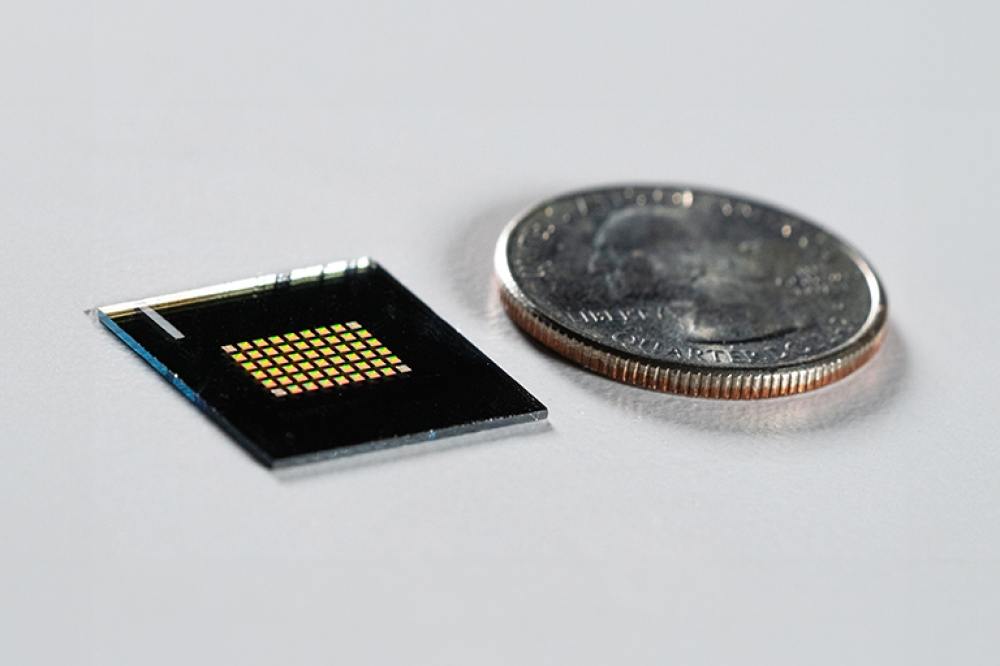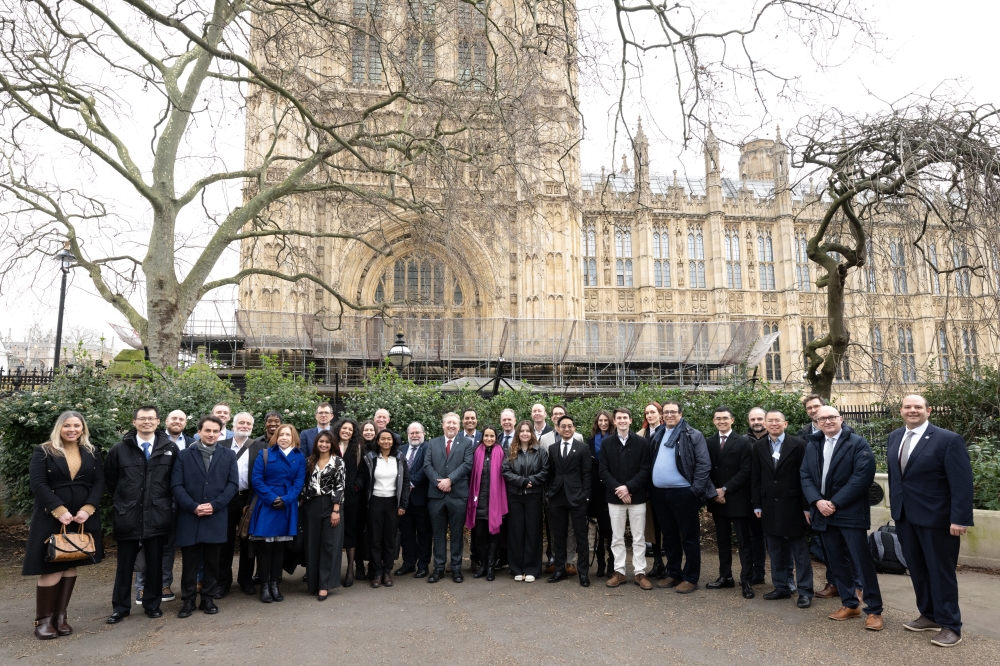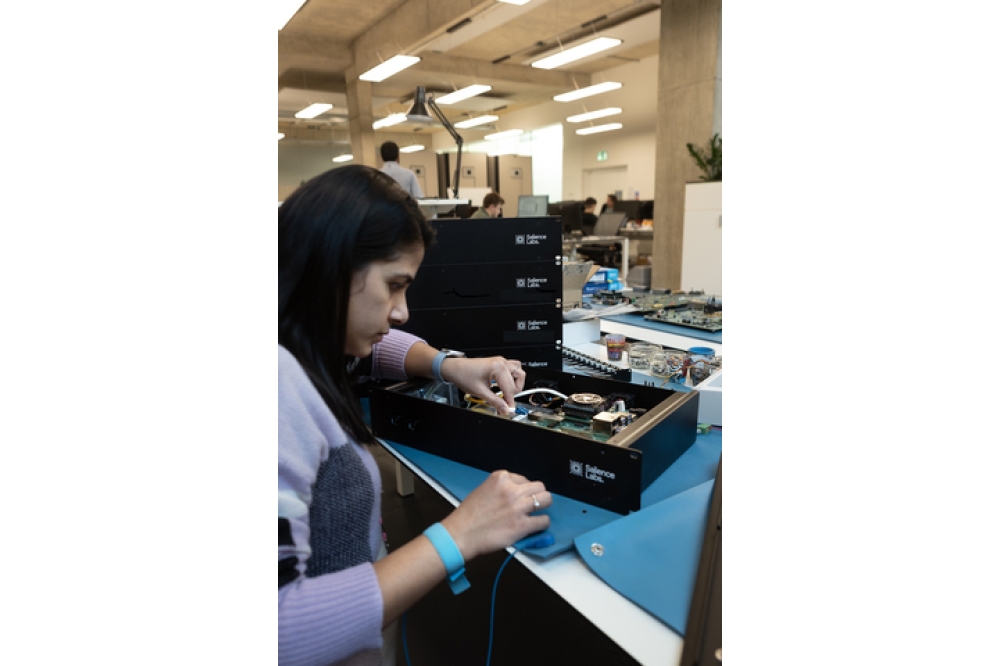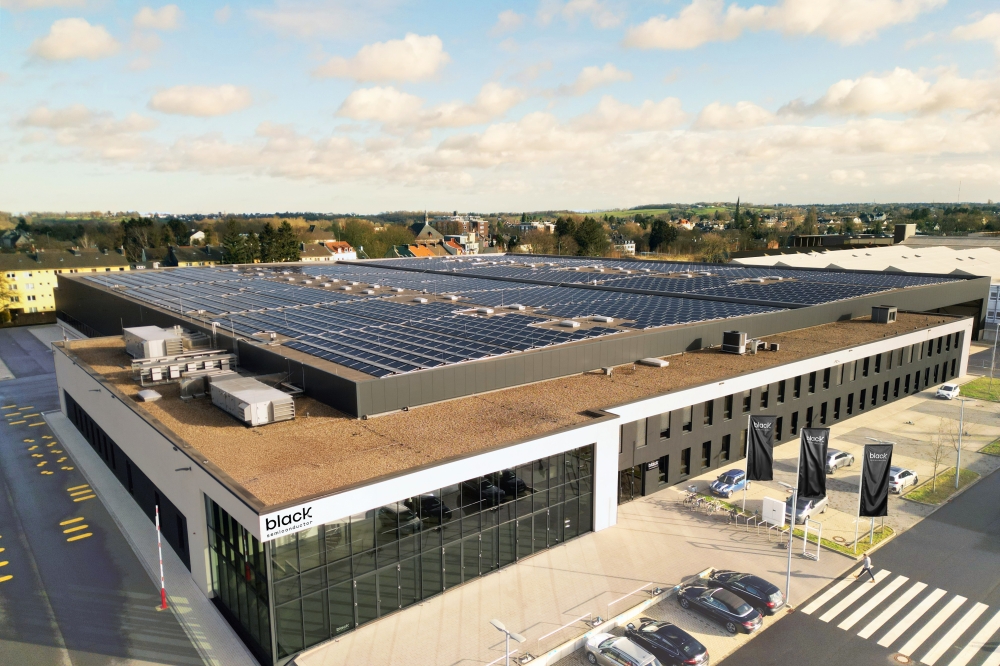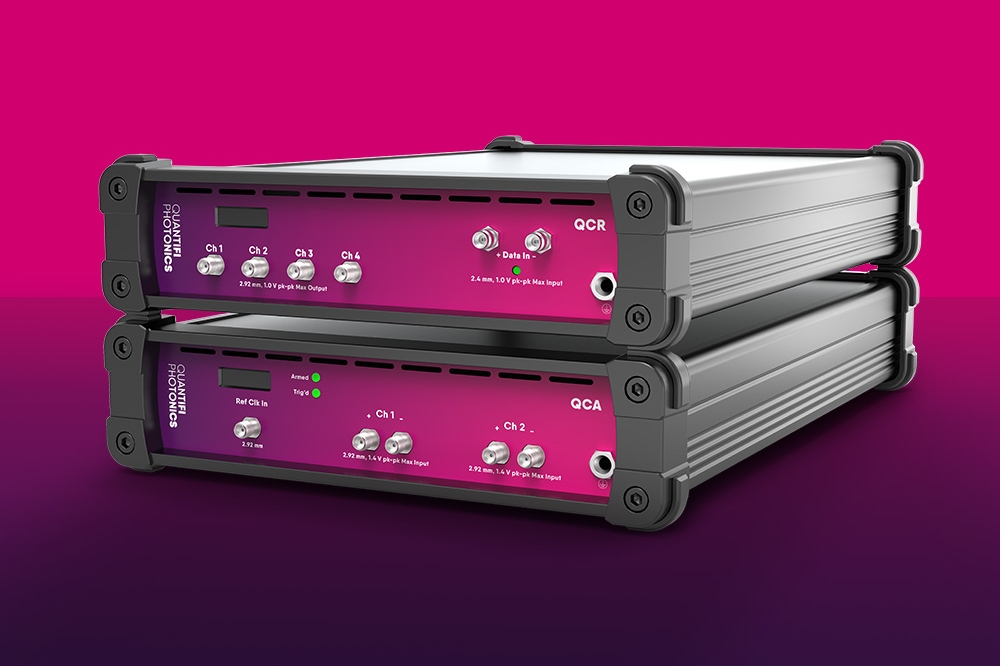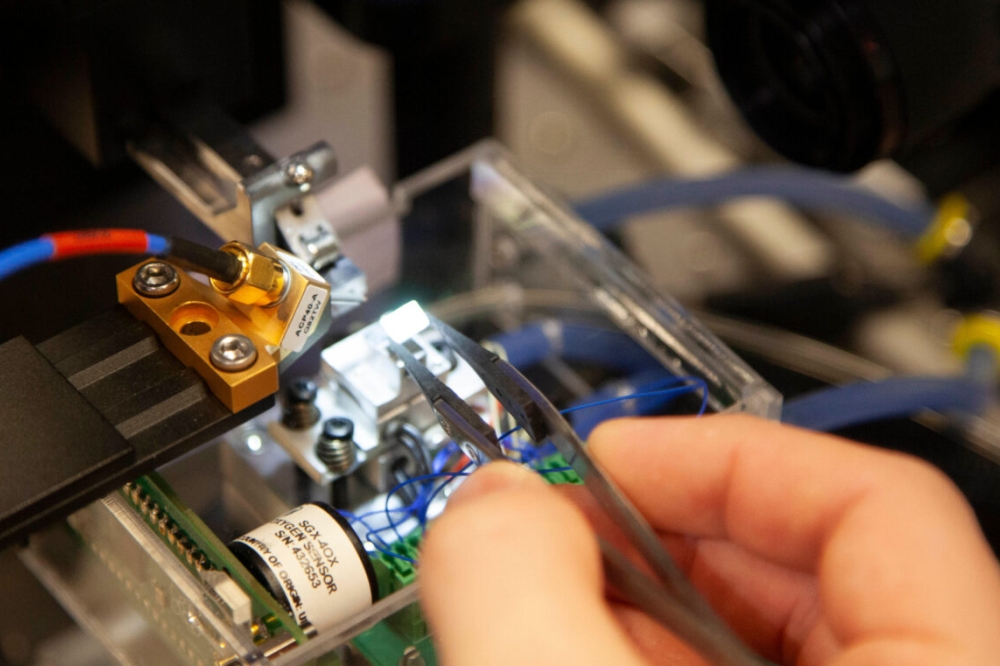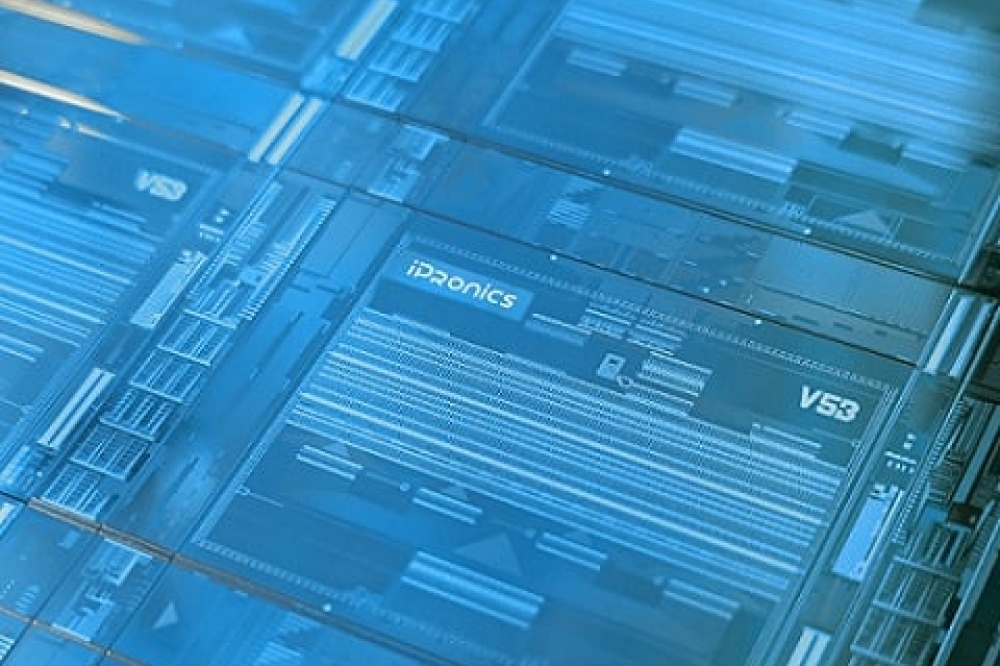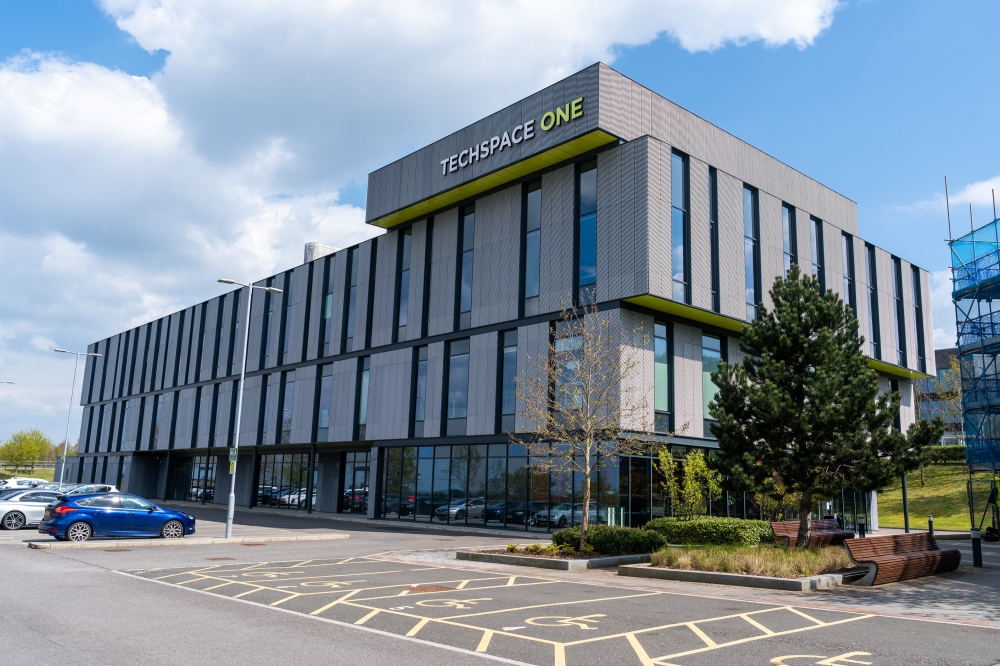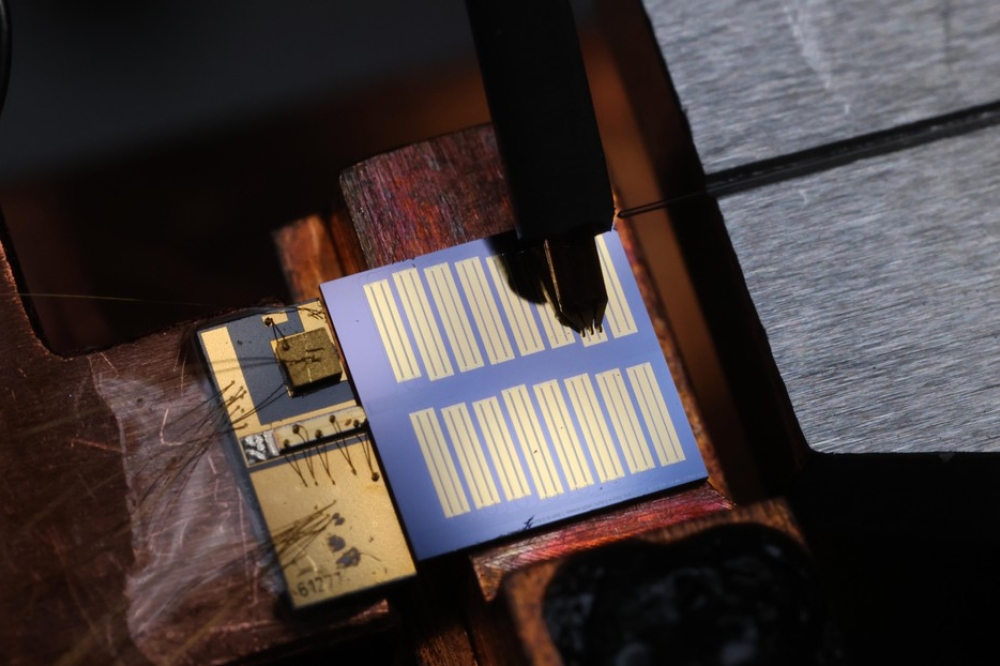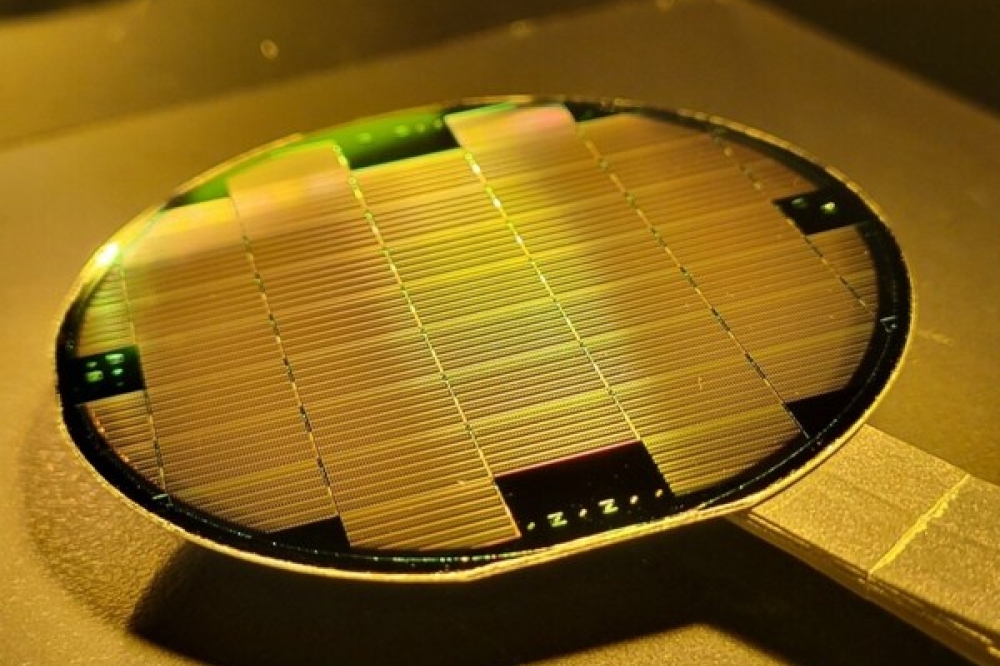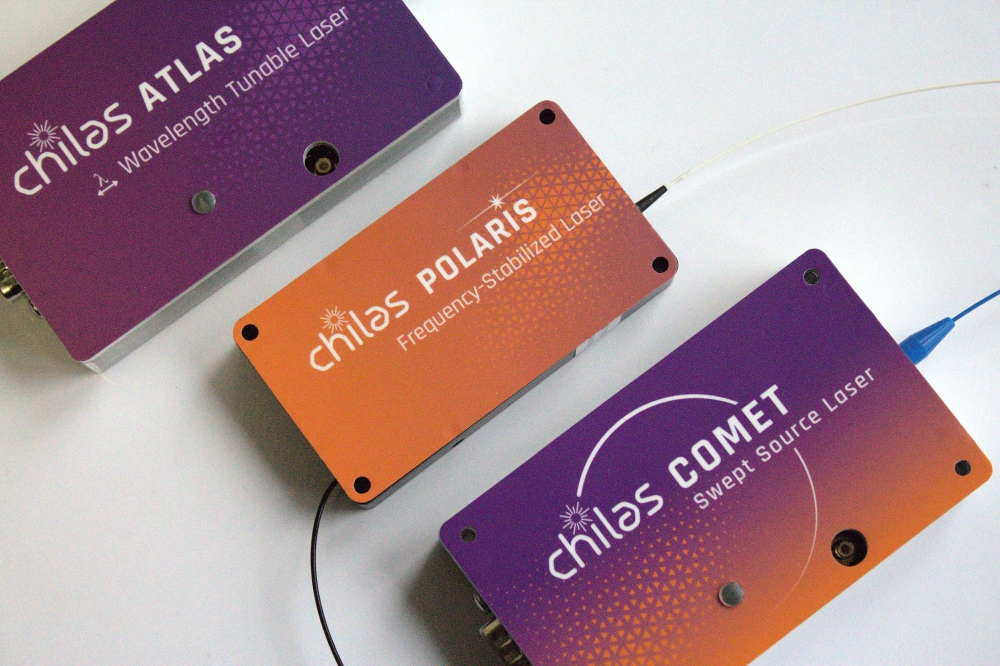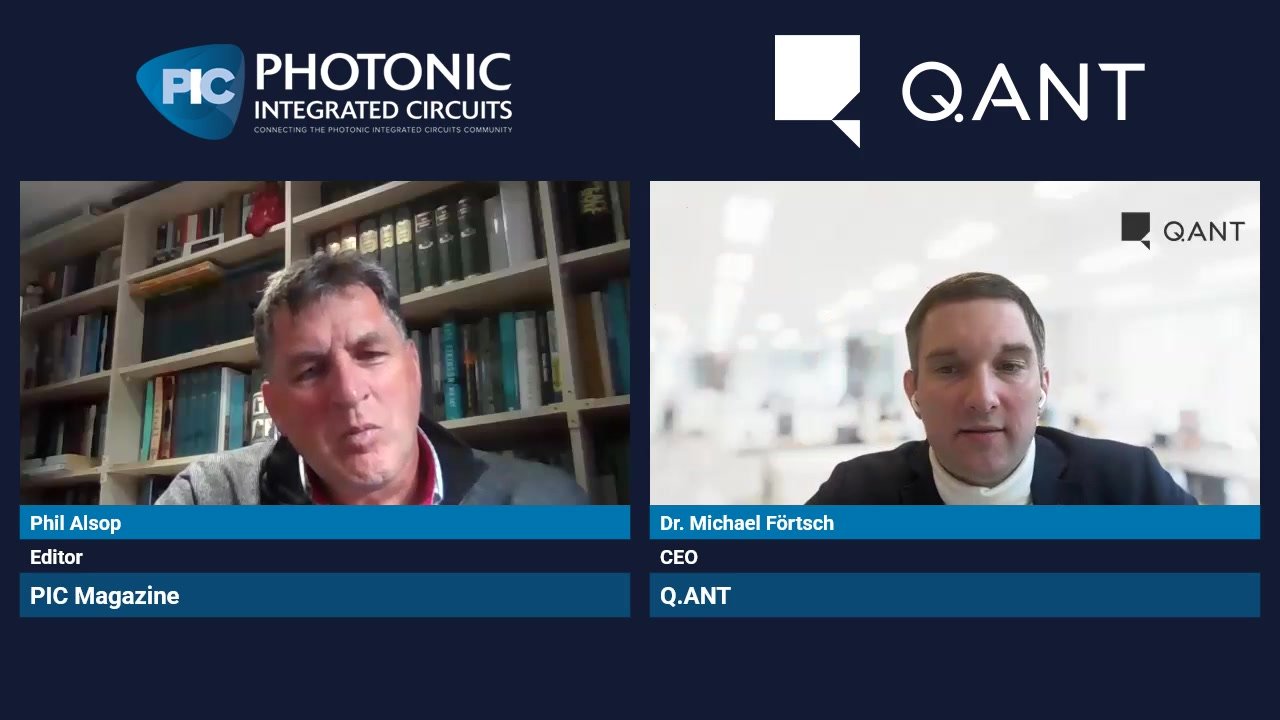STMicroelectronics announces silicon photonics for datacentres and AI

In partnership with Amazon Web Services, the company has developed a new silicon photonics chip combined with BiCMOS technology, which it says will enable higher-performance, energy-efficient optical interconnects
STMicroelectronics is unveiling its next generation of proprietary technologies for higher-performing optical interconnects in datacentres and AI clusters. With the exponential growth of AI computing needs, challenges arise in performance and energy efficiency across computing, memory, power supply, and the interconnections linking them. The company says it is helping hyperscalers, and the leading optical module provider, overcome those challenges with new silicon photonics and next-generation BiCMOS technologies, scheduled to ramp up from the second half of 2025 for 800G and 1.6T optical modules.
At the heart of interconnections in a datacentre are thousands, or even hundreds of thousands, of optical transceivers. These devices convert optical into electrical signals and vice versa to allow data flow between graphics processing unit (GPU) computing resources, switches, and storage. Inside these transceivers, ST says its new, proprietary silicon photonics technology will bring customers the ability to integrate multiple complex components into one single chip, while the company’s next-generation, proprietary BiCMOS technology brings ultra-high-speed and low-power optical connectivity – key to sustaining AI growth.
“AI demand is accelerating the adoption of high-speed communication technology within the datacentre ecosystem. This is the right time for ST to introduce new power-efficient silicon photonics technology and complementing it with a new generation of BiCMOS for our customers to design the next wave of optical interconnect products, which will enable 800G/1.6T solutions for the hyperscalers,” said Remi El-Ouazzane, president of the microcontrollers, digital ICs and RF products group at STMicroelectronics. “Both technologies will be manufactured on 300 mm processes in Europe, bringing customers an independent high-volume supply for two key components of their optical module development strategy. Today’s announcement represents the first step for our PIC product-family and, thanks to close collaboration with key partners across the entire value chain, our ambition is to become a key supplier of silicon photonics and BiCMOS wafers for the datacentre and AI cluster market, be it pluggable optics today or optical I/O tomorrow.”
Nafea Bshara, vice president and distinguished engineer at Amazon Web Services, said: “AWS is pleased to collaborate with STMicroelectronics to develop a new silicon photonics technology, PIC100, that will enable interconnection between any workload including AI. AWS is working with STMicroelectronics based on their demonstrated capability to make PIC100 a leading silicon photonics technology for the optical and AI market. We are enthusiastic about the potential innovations this will unlock for silicon photonics.”
Vladimir Kozlov, CEO and chief analyst at LightCounting, commented: “The pluggable optics for datacentre market is experiencing significant growth, valued at $7 billion in 2024. This market is expected to grow at a compound annual growth rate (CAGR) of 23 percent during 2025-2030 to exceed $24 billion at the end of this period. Market share of transceivers based on silicon photonics modulators will increase from 30 percent in 2024 to 60 percent by 2030.”




